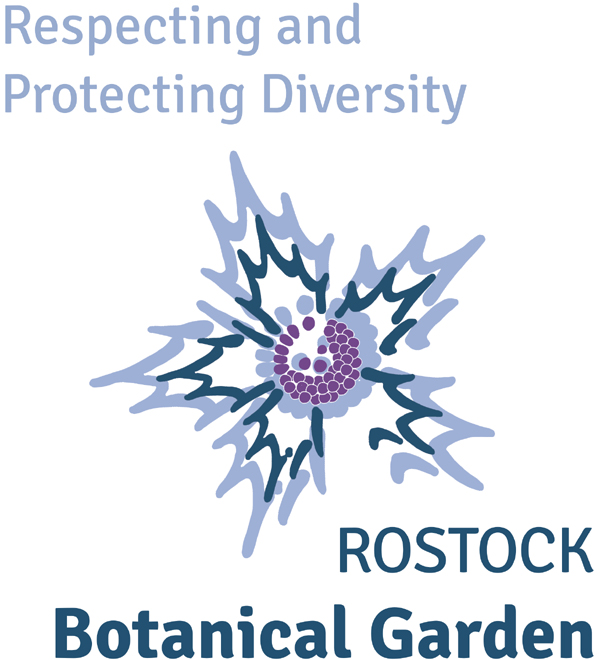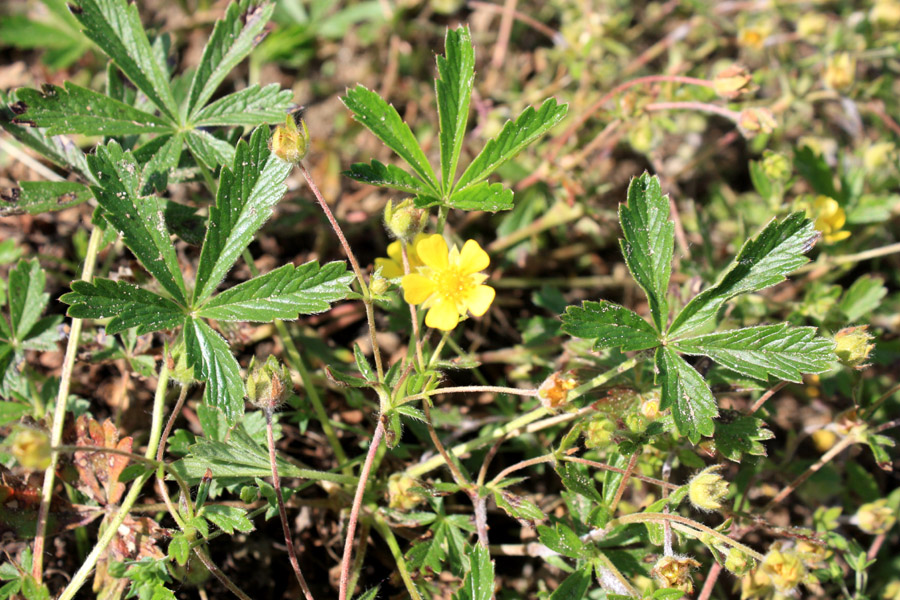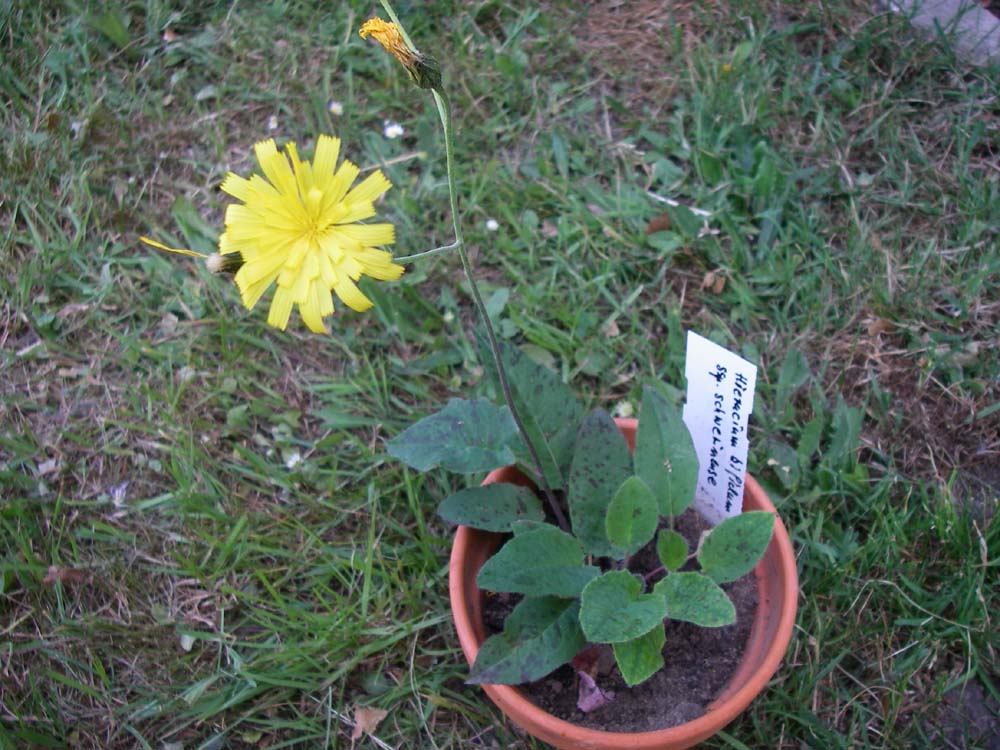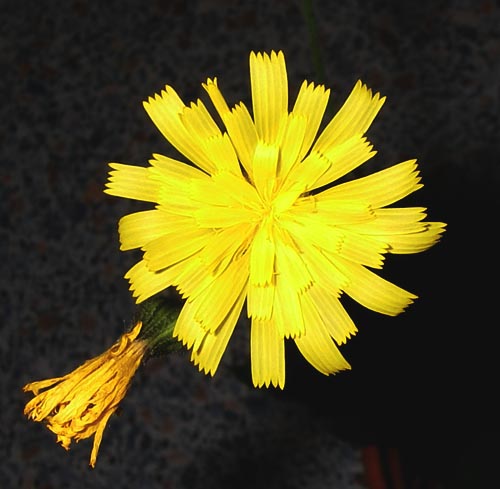In Germany there are some 3000 native vascular plant species, and of those, around 1800 are found in the Federal State of Mecklenburg-West Pomerania. Of these, nearly 45% are threatened or have already become extinct, some of which cannot be found in any other place in the world (endemic species). For example, the “Wismarer Hügel-Fingerkraut” (Potentilla wismariensis) and the “Schweriner Gabeliges Habichtskraut” (Hieracium bifidum ssp. schwerinense) are endemic to Mecklenburg-West Pomerania.
Based on the grave situation regarding plant biodiversity loss and on the share that the State has in the total distribution area of any one species, the flora protection concept of the State of Mecklenburg-West Pomerania includes a species list from the Arbeitsgemeinschaft Geobotanik Mecklenburg-Vorpommern (Working group for geobotany Mecklenburg-West Pomerania). With the help of this list it is possible to identify and prioritize which species require the most protection that the Federal State has a high responsibility of conservation for.
It’s true that some plant species, because of their rarity, would not be able to easily survive in nature, due to an extremely weakened gene pool. As a last resort, such plants are kept in botanical gardens. Here, enough plants are reproduced so that they can be returned to the wild to enrich the gene pool and give the wild populations a chance to survive. In this way, earlier dynamics of the plant populations are recreated that were due to higher seed dissemination by grazing game and livestock present almost anywhere along smaller distances between extensively used and disturbed areas in a small-scale landscape mosaic. In close cooperation with local associations and the public administration for nature conservation, the Botanical Garden of the University of Rostock is currently cultivating 30 species, which have been identified in the flora protection concept as highly important.
The project is part of a national initiative on ex-situ collections of native wild plants as well as of the global network of botanical gardens for the protection and cultivation of threatened plant species, Botanic Gardens Conservation International.




